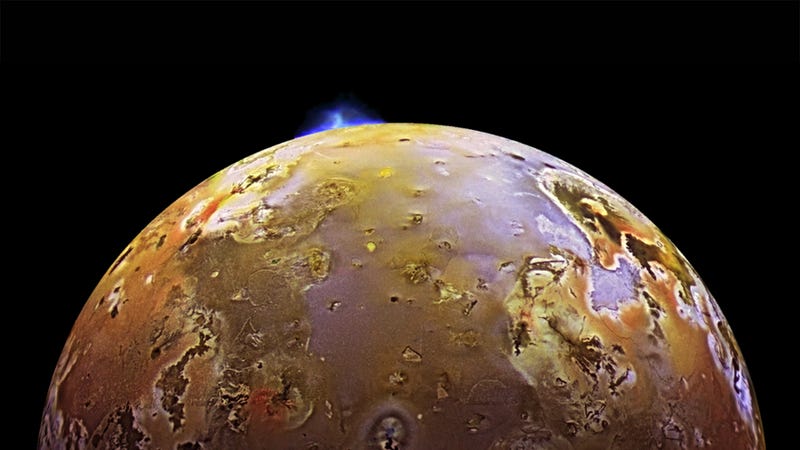A Nearby Neutron Star Collision Could Cause Calamity on Earth - Scientific American:
According to a 2016 study, supernovae occurring as close as 50 light-years from Earth could pose an imminent danger to Earth’s biosphere—humans included. The event would likely shower us in so much high-energy cosmic radiation that it could spark a planetary mass extinction. Researchers have tentatively linked past instances of spiking extinction rates and plummeting biodiversity to postulated astrophysical events, and in at least one case have even found definitive evidence for a nearby supernova as the culprit. Twenty million years ago, a star 325 light-years from Earth exploded, showering the planet in radioactive ironparticles that eventually settled in deep-sea sedimentson the ocean floor. That event, researchers speculate, may have triggered ice ages and altered the course of evolution and human history.
The exact details of past (and future) astrophysical cataclysms’ impact on Earth’s biosphere depend not only on their distance, but also their orientation. A supernova, for instance, can sometimes expel its energy in all directions—meaning it is not always a very targeted phenomenon. Merging black holes are expected to emit scarcely any radiation at all, making them surprisingly benign for any nearby biosphere. A kilonova, however, has different physics at play. Neutron stars are a few dozen kilometers in radius rather than a few million like a typical stars. When these dense objects merge, they tend to produce jets that blast out gamma rays from their poles.
“[W]hat it looks like to us, and the effect it has on us, would depend a lot on whether or not one of the jets was pointed directly at us,” Frank says. Based on its distance and orientation to Earth, a kilonova’s jets would walk the fine line between a spectacular light show and a catastrophic stripping away of the planet’s upper atmosphere. If a jet is pointed directly at us, drastic changes could be in store. And we probably wouldn’t see them coming. A kilonova begins with a burst of gamma rays—incredibly energetic photons that, by definition, move at light-speed, the fastest anything can travel through the universe. Because nothing else can move faster, those photons would strike first, and without warning.
“What [the gamma rays] would do, probably more than anything else, is dissolve the ozone layer,” says Andrew Fruchter, a staff astronomer at the Space Telescope Science Institute. Next, the sky would go blindingly white as the visible light from the kilonova encountered our planet. Trailing far behind the light would be slower-moving material ejected from the kilonova—radioactive particles of heavy elements that, sandblasting the Earth in sufficient numbers, could still pack a lethal punch.
That’s if the kilonova is close, though—within 50 light-years, give or take. At a safer distance, the gamma rays would still singe the ozone layer on the facing hemisphere, but the other side would be shielded by the planet’s bulk. “Most radiation happens very quickly, so half the Earth would be hidden,” Fruchter says. There would still be a momentarily blinding light. For a few weeks, a new star would burn bright in the sky before gradually fading back into obscurity.


